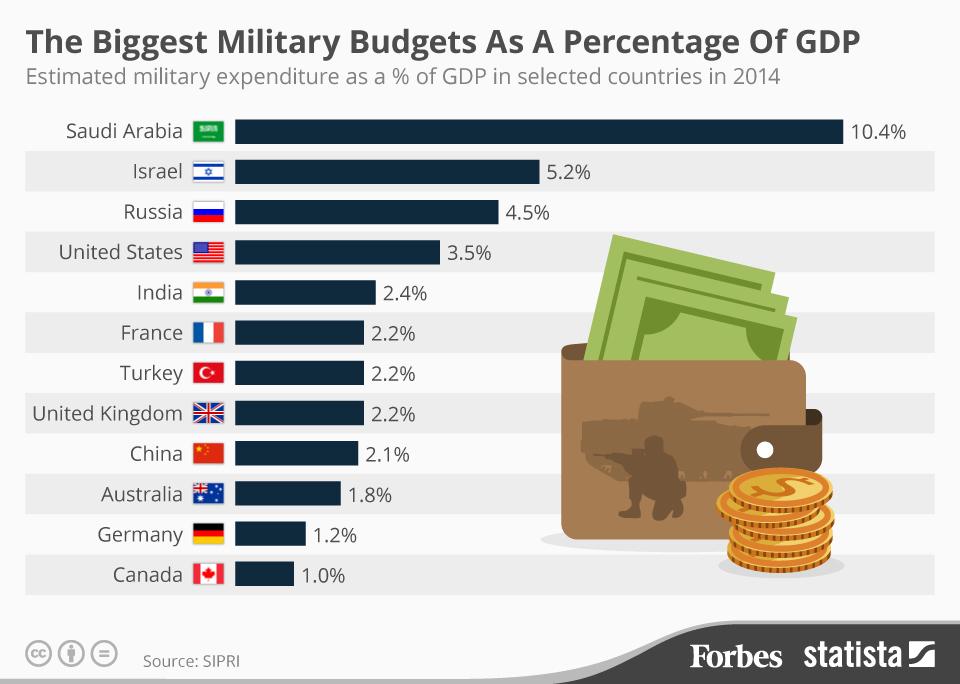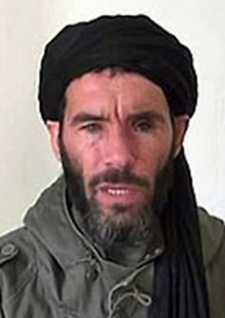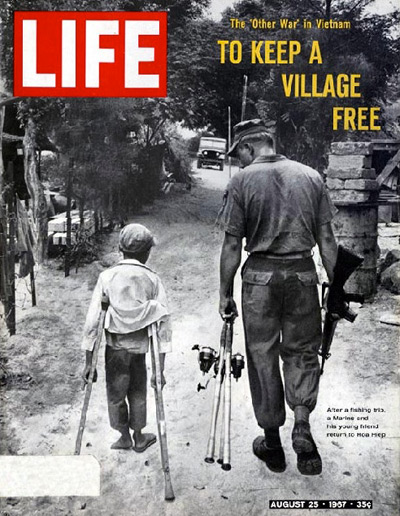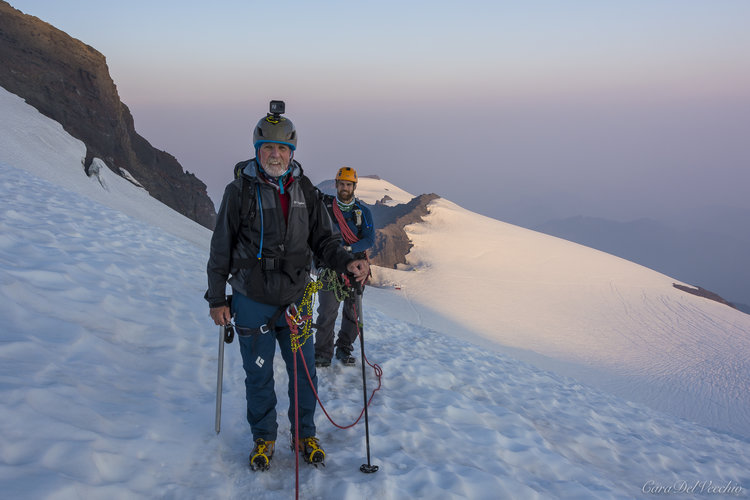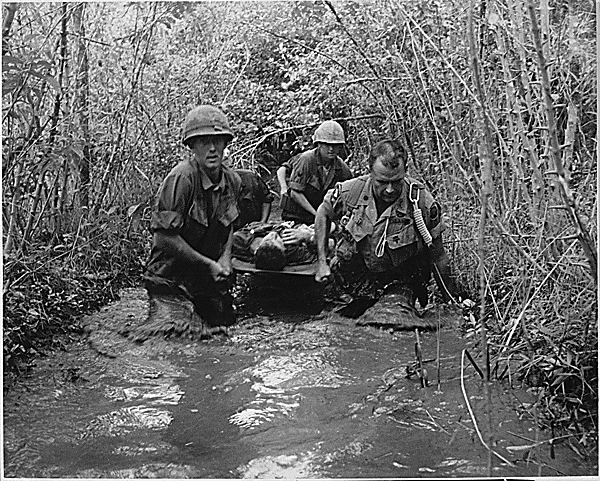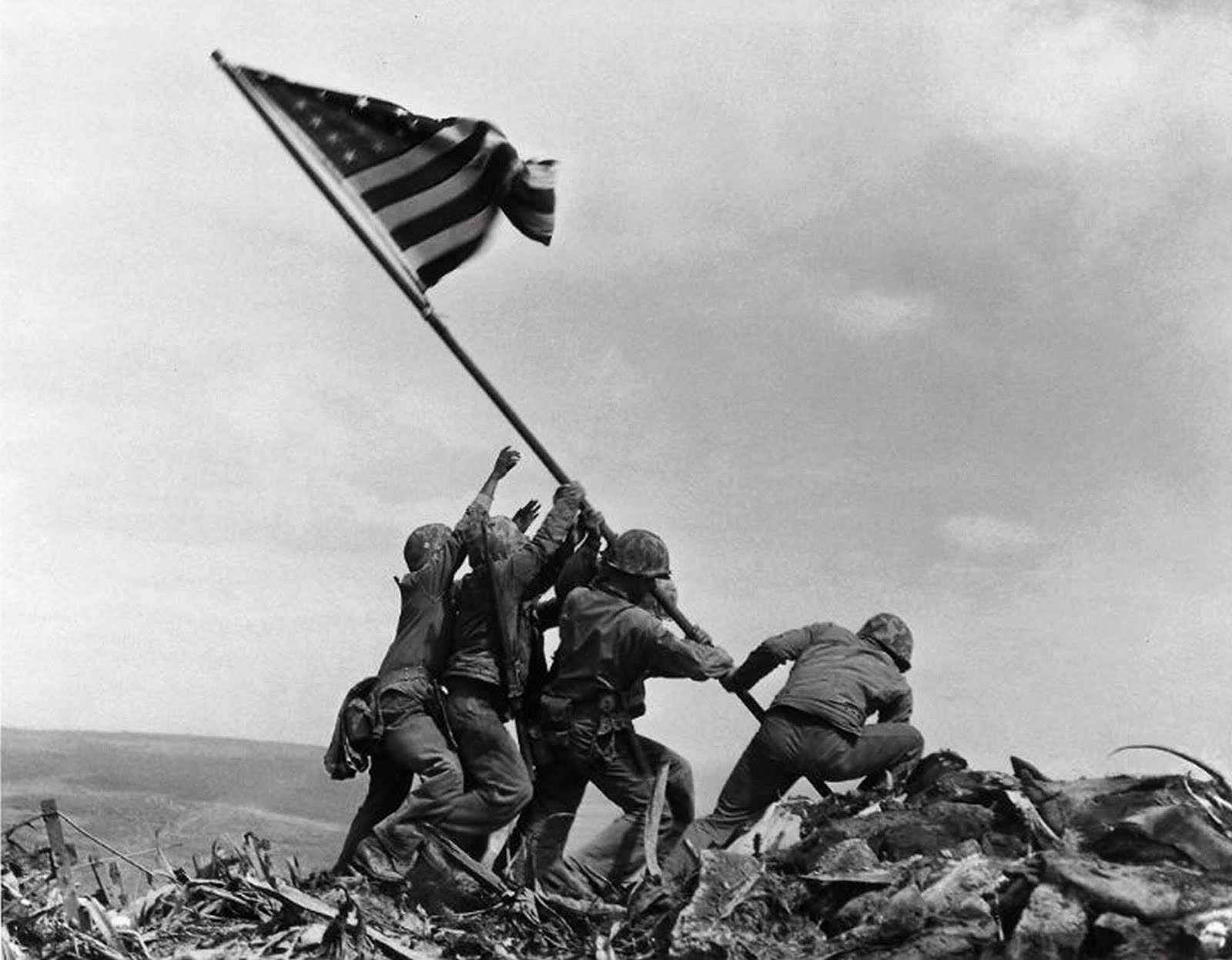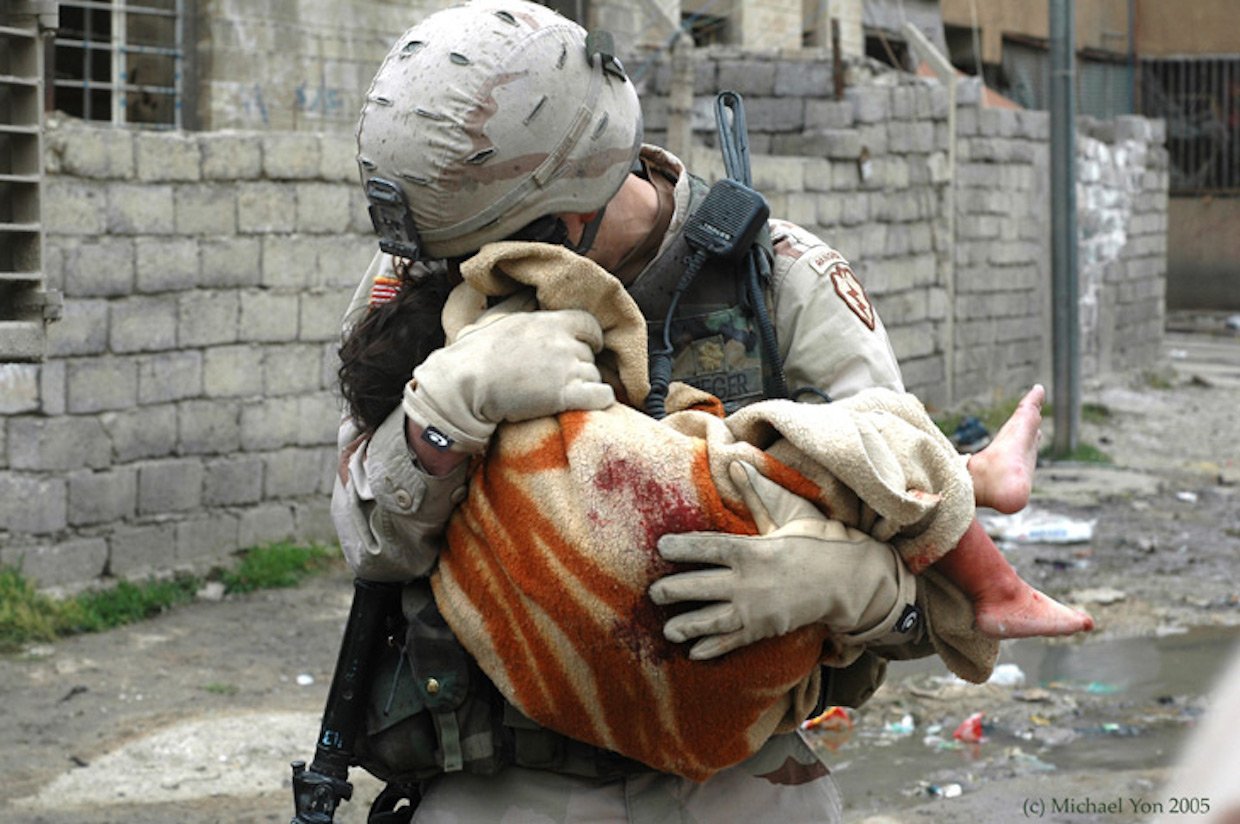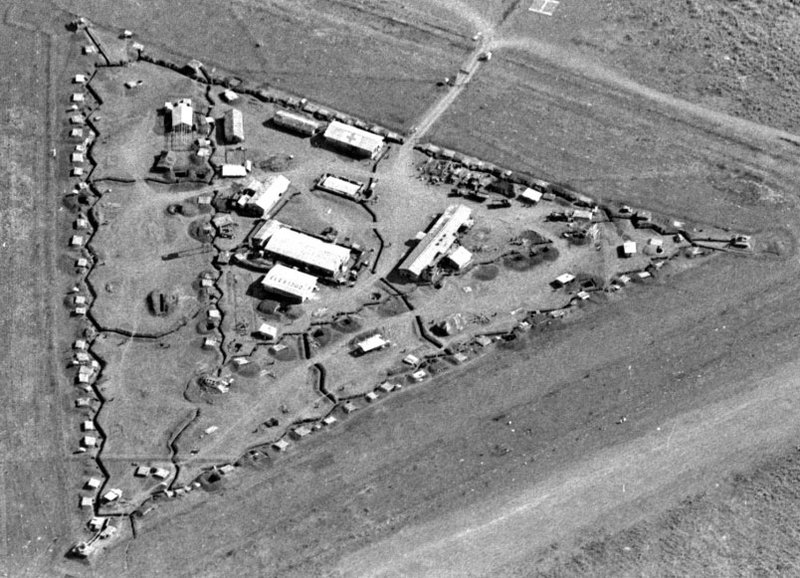Last week was terrible for the legacy media. Glen Greenwald at the Intercept started his article on recent news room debacles this way:
FRIDAY WAS ONE of the most embarrassing days for the U.S. media in quite a long time. The humiliation orgy was kicked off by CNN, with MSNBC and CBS close behind, with countless pundits, commentators and operatives joining the party throughout the day. By the end of the day, it was clear that several of the nation’s largest and most influential news outlets had spread an explosive but completely false news story to millions of people, while refusing to provide any explanation of how it happened.
It is ironic that The Intercept is leading this charge after they recently published an obvious bogus story concerning the Eric Prince proposal to privatize the Afghanistan War. Trump White House Weighing Plans For Private Spies To Counter “Deep State” Enemies was the title of the intercept article that tried to tie Eric Prince to the ghost of Dewey Clarridge by asserting:
“In addition to Prince’s former assassination network, the hidden cadre of spies with no official cover — NOCs in CIA jargon — includes the assets of another key player in the Iran-Contra affair, CIA Officer Duane Clarridge, who died in 2016”.
Having spoken to members of Mr. Prince’s staff last summer when they were preparing their pitch I can assure you private spy’s were not part of the plan. What the Intercept (and also Buzzfeed) did was take the Prince Plan (which was dismissed last summer) throw in some speculation on Mr. Clarridge’s group, link Eric to some people allegedly part of that group and than tar him with the guilt by association brush.
Implied in this dubious reporting was a Prince funded “assassination network” was standing by overseas; ready to go. That is silly, this so called network involved former American SF operators training for a classified program which required the participants to maintain a TS SCI level clearance. It never went beyond the initial training stage and the participants never left the country. There were never operators overseas and thus no “network” that could be reactivated.
The CIA was once able to justify its lavish budgets. In the 1960’s it designed, built, and fielded the SR-71 Blackbird in less time than allotted and under budget. The CIA, in conjunction with Howard Hughes, designed a ship that salvaged the Russian nuclear submarine K-129 which was 3 miles under the surface of the Arctic Sea. I believe that project also came in under budget. Have you ever heard the term “under budget” when referencing a federal program before? Me either.
The glory days of the CIA are long past and despite the superior work of the CIA’s Directorate of Science and Technology their record of human intelligence exploitation is dismal. One of the best books written on the topic is The Human Factor which makes for some disappointing reading if you believe the CIA is capable of fielding spies in the field (Non Official Cover or NOC’s) instead of mediocre paper pushing bureaucrats embedded inside embassy staffs.
This acknowledged gap in capabilities motivated a former CIA legend (now deceased) Dewey Clarridge to start a private spy network in Afghanistan. His efforts were exposed by the NYT’s and promptly terminated by the Pentagon. The value of the intelligence he generated remains unknown but if you read the initial reporting through to the best selling book written by the lead reporter (The Way of the Knife) you’ll note Mark Mazzetti’s opinion of the intel reporting by Clarridge improved over time. It appears he was providing a good product which is why the idea of using “private spies” is not as far fetched as one would reasonably suspect.
The Intercept article was book-ended by two Buzzfeed articles on the same topic. The first states that the Trump Administration was “mulling” over a pitch for a private intelligence outfit that could also perform renditions. The second contends that Eric Prince has his eyes on Afghans rare earth metals. That Buzzfeed article had a PowerPoint presentation that they claim was used by Prince to pitch the White House.
The PowerPoint in that article was interesting and the plan to start the privatization effort in Nangarhar and Helmand provinces sound. I skimmed through the slides rapidly but stopped when I got to Nangarhar. I stopped because I smelled a rat. Check out slide number 10 from the PPT linked above:

Eric Prince and his staff may not know Afghanistan as well as I do but they know where the FOB’s are because they regularly flew aircraft into them. There is no way they would float an idea for privatizing the war in Afghanistan to the President of the United States with slides as inaccurate as the one above. No way. So where did these slides come from?
I don’t know Eric Prince but I do admire him. He has been depicted as an immoral war profiteer because his companies made money (like thousands of others in the military industrial complex) and one of his teams was involved in a screw up in Iraq. I say screw up because they happen in combat zones. I don’t say murder spree because our military did the exact same thing on countless occasions yet none of them faced federal prosecution. Read the links in this paragraph to see what I mean.
Prince’s company fielded good security teams that were trained to standard before being sent in country. That was rare in the PMC business; the only other company doing that back in the early 2000’s was Triple Canopy. I think more companies are doing pre-deployment training now but they weren’t back then.
Prince also rescued three American college coeds who were trapped in an Kenyan orphanage that was about to be overrun by marauding tribesmen protesting a recent election. Within an hour of getting the call Prince had his Afghanistan country manager ( who I know and liked) heading to Kenya where he had served at the American embassy as an FBI liaison agent. The next day the girls were rescued, when asked how much the operation was going to cost the parents Eric Prince said not one penny. Had it been any other PMC of that era the price would have been 35k each plus expenses. I was in the business back then and know the price structure for in-extremis country evacuations.
I may not know Prince but I do know Secretary Mattis and General Kelly. I can promise you that they are not, in this year or any year, going to entertain plans for private spies or privatization of an ongoing military operation.
I don’t agree with them. The routine unmasking of partisan political agendas in our federal agencies (who are supposed to serve the constitution, not the damn Democratic party) is alarming. An independent, non-politicized, professional intelligence service focused on collecting overseas and not meddling in domestic affairs would benefit the executive branch and the American People.
I understand the appeal of a private spy network but that has nothing to do with Eric Prince or his pitch to replace military trainers in Afghanistan with contractors. There is nothing in the articles that connects Prince to an intelligence collection pitch. Eric Prince does have a connection to the Trump White House because Betsy DeVos, the Secretary of Education, is his sister. There is not an article written in the past year that fails to make that point. I like her too; know why? Because she uses her own airplane for government travel and doesn’t charge the government for it. When is the last time the American taxpayer caught a break like that? Never probably but what she has to do with her brothers access to the President has yet to be explained.
The attempts to tie Eric Prince to the ghost of Dewey Clarridge use the same innuendo and speculation that has already ruined the legacy media. So too the alleged link in Prince’s Afghan plan to a rare earth element exploitation scheme. These articles are, in my final analysis, evidence of a subset of Trump Derangement Syndrome called Prince Derangement Syndrome. I wish all these so-called investigative reporters would look into the who, what, where and why behind the congressional sex harassment fund. I’m growing weary of the fabricated hysteria concerning Eric Prince, private armies and deceased CIA agents.


